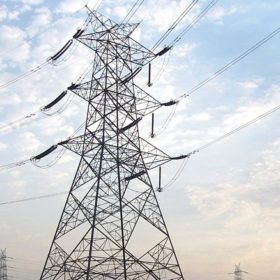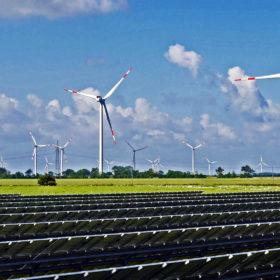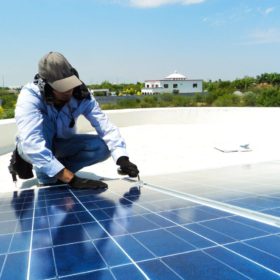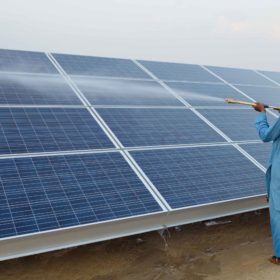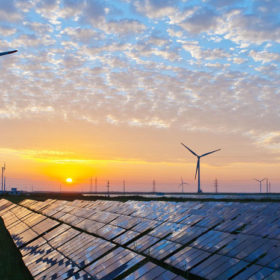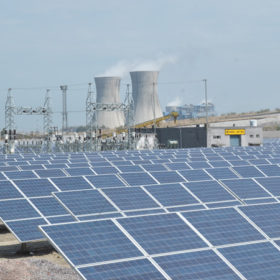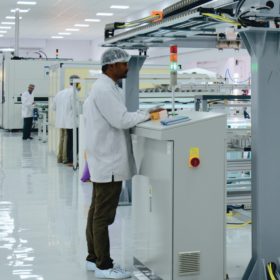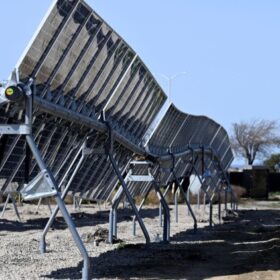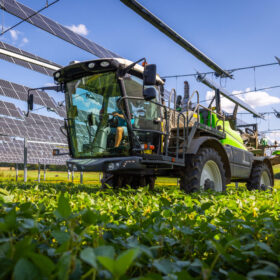Hitachi gets CCI nod to buy 80.1% stake in ABB’s power grid arm
Japan-based Hitachi will buy an 80.1% per cent stake in the Swiss major’s power grids business in a deal that values its grid business at US$ 11 billion.
Covid-19 impact: An interview with Amp Energy India CEO
Pinaki Bhattacharyya, Amp Energy India MD and CEO, speaks to pv magazine about the impact of Covid-19 pandemic on the solar industry and the ways in which the government can build a positive sentiment in the industry.
WoodMac predicts India’s renewables installation to fall by a fifth due to lockdown
Over 21.6% or 3 GW of solar and wind installations will get delayed due to supply and labour disruptions caused by the ongoing Covid-19 lockdown, according to the analysts which in a January report forecast the country to add over 15 GW of renewable capacity this year.
Covid-19 lockdown: MNRE asks Discoms not to stop payments to renewable power producers
The clarification came after States reacted wrongly to the power ministry’s recent order providing a moratorium on conventional power payments and started stopping payments or curtailing renewable power.
CEL extends EOI submission deadline for solar EPC empanelment
Interested solar EPC contractors can now submit expressions of interest till April 30 to get empaneled with the state-owned Central Electronics Limited.
Malaysian firm acquires 37.5% stake in Rising Sun Energy
Yinson will pay Rs 554 million (RM32 million) for the stake, and additional funding of Rs 600 million (RM35 million) to repay certain outstanding liabilities of the Indian independent power producer which has two plants in the massive Bhadla Solar Park.
Covid-19: The right treatment for India’s solar sector with comorbidities
This article talks about the areas the government needs to address both immediately and in the long run to help the ailing solar industry in the country.
Covid-19 Impact: Electricity demand has dipped by 25% since mid March
Disruptions in the industrial and commercial activities due to Covid-19 lockdown have further dented electricity demand in India which already registered a discernible decline in annual electricity demand. India’s electricity demand in the first 11 months of 2019-20 (April 2019-February 2020) grew by 2.2% (to 1191 billion units) compared with 5.4% annual growth in the same months of previous year.
Covid-19 and dependence on China’s PV supply chain
The Asian Development Bank says developing countries in Asia and the Pacific should consider developing their own solar industry supply chains as the Covid-19 pandemic has exposed their over-reliance on China to carry through the energy transition.
Covid-19: The going gets tough for solar manufacturers
Solar season had already started in the month of March. The demand for solar consumption is the highest during April-June quarter as summer picks up. This is the time when factory runs with full efficiency. India was estimated to install nearly 8 GW of solar panels in 2020, in which 90% consumption happens in utility-scale […]
